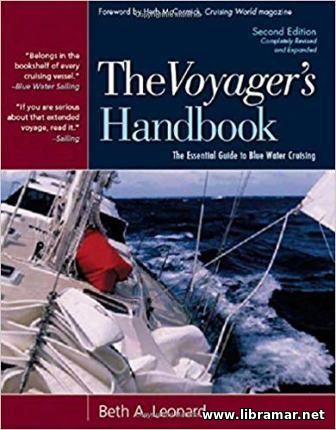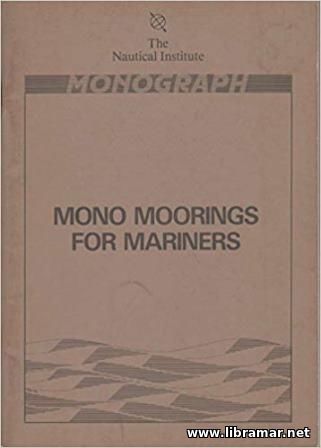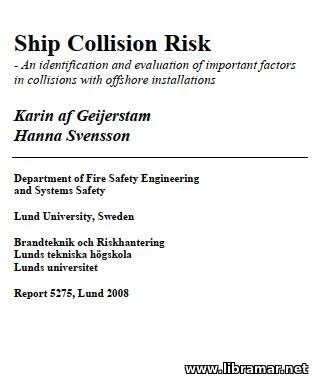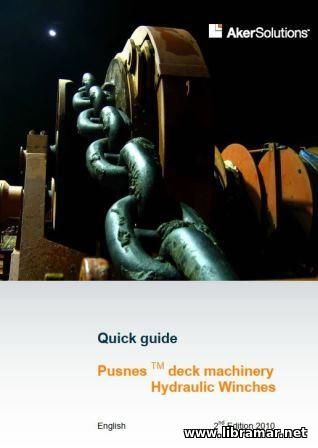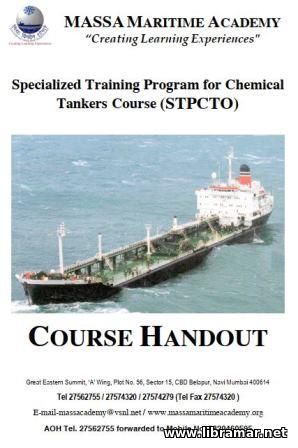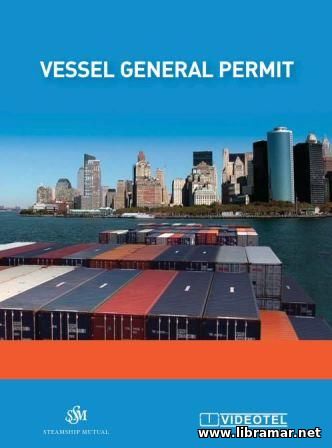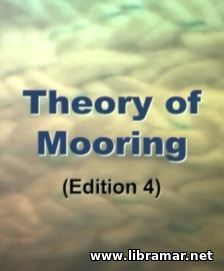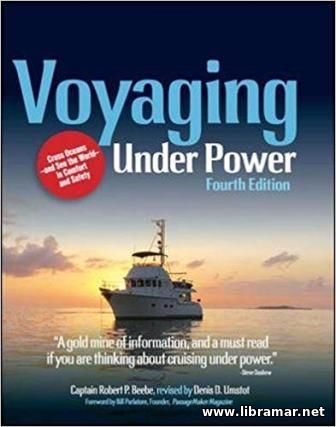
This is the fourth edition of the publication that has been deservedly treated as the passage making bible for the last four decades, featuring the completely updated and reworked contents. The book will help voyagers better prepare for their long-distance passages. The text reflects the philosophy of the passage making and wisdom of the author, who is the professional Captain.
He did apply his experience together with the technical creativity when preparing the volume. All important topics relating to the passage planning have been covered including, for example, the seaworthiness of the ship, intact and damage stability plus other critical aspects of the ship design. In addition, due attention was paid to the proper selection and understanding of the essential systems.
Moreover, the author also addressed the decision process used when making a choice of the new boar or when performing the analysis of the suitability of the existing one. Among the other important topics covered in the pages of this book we would mention information on the offshore safety matters, practical tips on weather prediction, different aspects of the technical maintenance to be conducted at sea and preparing for that.
